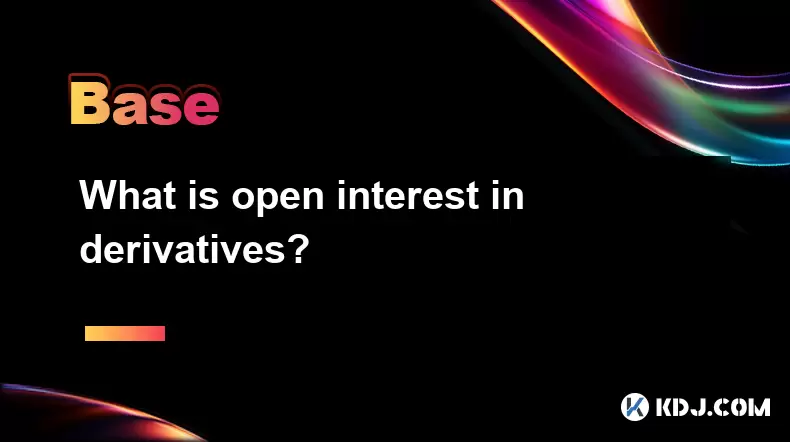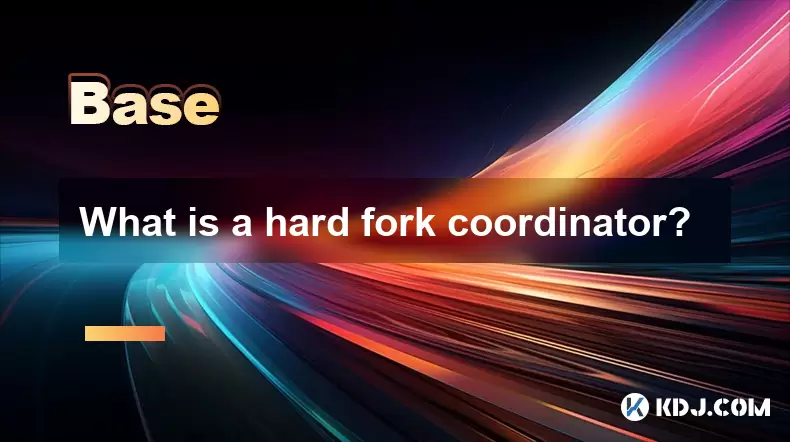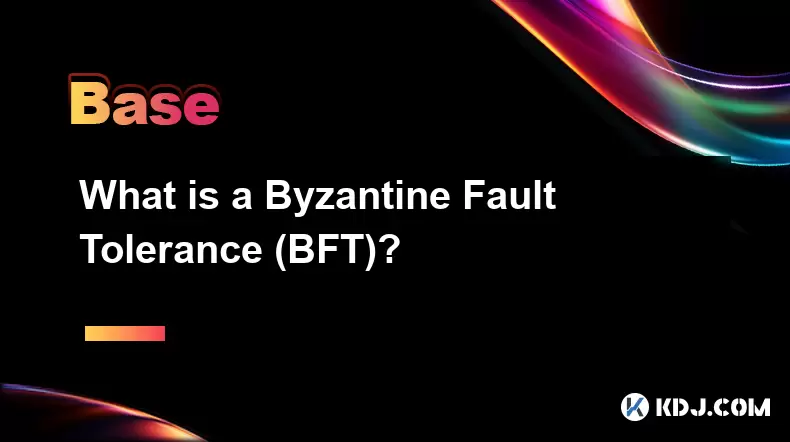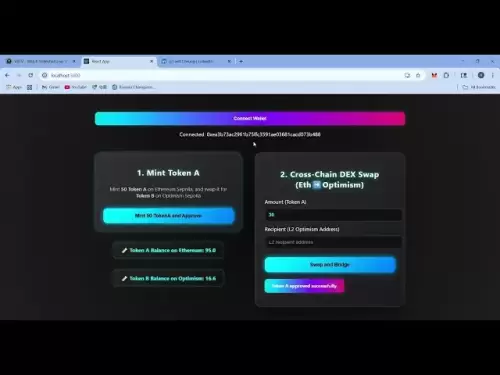-
 Bitcoin
Bitcoin $109,459.7682
2.44% -
 Ethereum
Ethereum $2,598.6052
6.29% -
 Tether USDt
Tether USDt $1.0003
0.00% -
 XRP
XRP $2.2734
3.95% -
 BNB
BNB $661.4886
1.58% -
 Solana
Solana $155.4825
4.35% -
 USDC
USDC $0.9999
-0.02% -
 TRON
TRON $0.2838
1.04% -
 Dogecoin
Dogecoin $0.1740
8.25% -
 Cardano
Cardano $0.6047
9.04% -
 Hyperliquid
Hyperliquid $40.2302
6.50% -
 Sui
Sui $2.9863
10.05% -
 Bitcoin Cash
Bitcoin Cash $509.5786
0.60% -
 Chainlink
Chainlink $13.8156
6.03% -
 UNUS SED LEO
UNUS SED LEO $9.0142
0.69% -
 Avalanche
Avalanche $19.0337
8.68% -
 Stellar
Stellar $0.2438
5.17% -
 Toncoin
Toncoin $2.9012
3.59% -
 Shiba Inu
Shiba Inu $0.0...01210
6.20% -
 Litecoin
Litecoin $90.0882
7.05% -
 Hedera
Hedera $0.1597
8.53% -
 Monero
Monero $326.3340
2.88% -
 Polkadot
Polkadot $3.6365
9.32% -
 Bitget Token
Bitget Token $4.6162
2.72% -
 Dai
Dai $1.0001
0.00% -
 Ethena USDe
Ethena USDe $1.0002
-0.01% -
 Uniswap
Uniswap $7.6403
10.47% -
 Pepe
Pepe $0.0...01060
12.03% -
 Aave
Aave $281.3664
7.56% -
 Pi
Pi $0.4992
1.76%
What is PBFT (Practical Byzantine Fault Tolerance)?
PBFT, developed in 1999, ensures consensus in distributed systems with up to one-third faulty nodes, ideal for secure, fast blockchain transactions in private networks.
Apr 08, 2025 at 01:57 am

PBFT (Practical Byzantine Fault Tolerance) is a consensus algorithm designed to achieve agreement in a distributed system, even in the presence of faulty or malicious nodes. Developed by Miguel Castro and Barbara Liskov in 1999, PBFT is particularly relevant in the cryptocurrency and blockchain space, where maintaining consensus among nodes is crucial for the integrity and security of the network.
The Basics of PBFT
PBFT operates under the assumption that up to one-third of the nodes in a network can be faulty or malicious, yet the system can still reach a consensus. This is known as the Byzantine Generals Problem, where nodes must agree on a single state despite some nodes potentially providing false information. In the context of cryptocurrencies, this means that even if some nodes are compromised, the network can still function correctly and securely.
The algorithm works in three main phases: pre-prepare, prepare, and commit. These phases ensure that all non-faulty nodes agree on the order of transactions, which is essential for maintaining the integrity of the blockchain.
How PBFT Works
In the pre-prepare phase, the primary node (chosen in a round-robin fashion) broadcasts a pre-prepare message to all other nodes, proposing a new block of transactions. Each node then verifies the validity of the proposed block and, if valid, moves to the prepare phase.
During the prepare phase, each node sends a prepare message to all other nodes, indicating that it has accepted the pre-prepare message. If a node receives prepare messages from more than two-thirds of the nodes, it moves to the commit phase.
In the commit phase, nodes send commit messages to each other. Once a node receives commit messages from more than two-thirds of the nodes, it considers the block finalized and adds it to the blockchain. This ensures that all non-faulty nodes have agreed on the same block, maintaining the integrity of the ledger.
Advantages of PBFT
One of the key advantages of PBFT is its ability to achieve consensus quickly, making it suitable for applications that require low latency. Unlike proof-of-work (PoW) systems, which can take minutes to reach consensus, PBFT can finalize transactions in seconds.
Another advantage is its energy efficiency. PBFT does not require the computational power and energy consumption associated with PoW, making it a more environmentally friendly option for consensus.
Limitations of PBFT
Despite its advantages, PBFT has some limitations. One significant limitation is its scalability. As the number of nodes in the network increases, the communication overhead also increases, making it less efficient for large-scale networks.
Additionally, PBFT assumes a static set of nodes, which can be a challenge in dynamic environments where nodes frequently join or leave the network. This makes it less suitable for permissionless blockchains, where anyone can join the network.
PBFT in Cryptocurrency Networks
Several cryptocurrency networks have adopted or adapted PBFT for their consensus mechanisms. For example, Hyperledger Fabric, a popular blockchain platform for enterprise use, uses a variant of PBFT to achieve consensus among its nodes.
In the context of cryptocurrencies, PBFT can be particularly useful for private or consortium blockchains, where the set of nodes is known and trusted. This allows for faster transaction processing and improved security compared to public blockchains that rely on PoW or proof-of-stake (PoS).
Implementing PBFT in a Cryptocurrency Network
To implement PBFT in a cryptocurrency network, several steps need to be followed:
- Choose a primary node: The primary node is responsible for proposing new blocks. It can be chosen using a round-robin method or another deterministic algorithm.
- Broadcast pre-prepare message: The primary node broadcasts a pre-prepare message to all other nodes, proposing a new block of transactions.
- Verify and prepare: Each node verifies the proposed block and, if valid, sends a prepare message to all other nodes.
- Collect prepare messages: If a node receives prepare messages from more than two-thirds of the nodes, it moves to the commit phase.
- Send commit messages: Nodes send commit messages to each other. Once a node receives commit messages from more than two-thirds of the nodes, it considers the block finalized and adds it to the blockchain.
PBFT vs. Other Consensus Algorithms
When comparing PBFT to other consensus algorithms like PoW and PoS, several key differences emerge. PoW, used by Bitcoin, relies on computational power to achieve consensus, which can be energy-intensive and slow. PoS, used by Ethereum 2.0, relies on the stake of participants, which can be more energy-efficient but may be vulnerable to certain types of attacks.
PBFT, on the other hand, offers a balance between speed and security, making it suitable for applications that require fast transaction processing and high security. However, its scalability limitations make it less suitable for large, public blockchains.
Real-World Applications of PBFT
PBFT has been implemented in various real-world applications within the cryptocurrency and blockchain space. For example, Zilliqa, a blockchain platform designed for high-throughput applications, uses a variant of PBFT called pBFT (practical Byzantine Fault Tolerance) to achieve consensus among its shards.
Another example is Corda, a distributed ledger platform developed by R3, which uses a consensus mechanism based on PBFT to ensure the integrity of its transactions. These applications demonstrate the versatility and effectiveness of PBFT in different blockchain environments.
Frequently Asked Questions
Q: Can PBFT be used in public blockchains?
A: While PBFT is more commonly used in private or consortium blockchains due to its scalability limitations, it can be adapted for use in public blockchains with modifications to address scalability issues. However, it is less common in public blockchains due to the dynamic nature of node participation.
Q: How does PBFT handle network partitions?
A: PBFT assumes a synchronous network where messages are delivered within a known time bound. In the case of network partitions, PBFT may struggle to achieve consensus if the partition results in fewer than two-thirds of the nodes being able to communicate. Solutions like view changes can help mitigate this issue, but it remains a challenge.
Q: What are the security implications of using PBFT?
A: PBFT provides strong security guarantees as long as less than one-third of the nodes are faulty or malicious. However, if this threshold is exceeded, the system can be compromised. Additionally, the security of PBFT relies on the integrity of the nodes and the network, making it important to implement robust security measures at the node level.
Q: How does PBFT compare to other Byzantine Fault Tolerance algorithms?
A: PBFT is one of several Byzantine Fault Tolerance algorithms, each with its own strengths and weaknesses. For example, Tendermint is another BFT algorithm that offers similar security guarantees but with different performance characteristics. PBFT is known for its efficiency in small to medium-sized networks, while other algorithms like HoneyBadgerBFT are designed for asynchronous networks and can handle more dynamic environments.
Disclaimer:info@kdj.com
The information provided is not trading advice. kdj.com does not assume any responsibility for any investments made based on the information provided in this article. Cryptocurrencies are highly volatile and it is highly recommended that you invest with caution after thorough research!
If you believe that the content used on this website infringes your copyright, please contact us immediately (info@kdj.com) and we will delete it promptly.
- Altcoin Alert: Binance Listings and the Wild West of Crypto
- 2025-07-03 14:30:11
- Decentralized Stablecoins in 2025: Challenging Centralized Counterparts?
- 2025-07-03 14:30:11
- Meme Coin Mania: Is BTC Bull the Next Big Thing in a Limited Time BTC Bull Run?
- 2025-07-03 12:30:11
- Bitcoin Soars to $109,000: What's Fueling the Crypto Rally?
- 2025-07-03 10:30:13
- Hong Kong: Racing to Be the World's Tokenization Hub
- 2025-07-03 14:50:11
- Splatterhouse Rocks Retro Scene: A UK Magazine Deep Dive
- 2025-07-03 12:30:11
Related knowledge

What is open interest in derivatives?
Jul 03,2025 at 02:49pm
Understanding Open Interest in DerivativesOpen interest is a critical metric used in the cryptocurrency derivatives market, particularly when analyzing futures and options contracts. It represents the total number of outstanding contracts that have not been settled or closed by either party involved. Unlike trading volume, which counts all trades made i...

What is a liquidation cascade?
Jul 03,2025 at 07:15am
Understanding the Concept of LiquidationIn the realm of cryptocurrency trading, liquidation refers to the process by which a trader's position is automatically closed due to insufficient funds to maintain the leveraged trade. This typically occurs when the market moves against the trader's position and their account equity falls below the required maint...

What is a hard fork coordinator?
Jul 03,2025 at 12:42pm
Understanding the Role of a Hard Fork CoordinatorIn the world of blockchain and cryptocurrencies, a hard fork coordinator plays a critical role during major network upgrades. A hard fork is a significant change to a blockchain’s protocol that makes previously invalid blocks or transactions valid (or vice versa). This type of upgrade requires all nodes o...

What is a Byzantine Fault Tolerance (BFT)?
Jul 03,2025 at 11:49am
Understanding the Concept of Byzantine Fault ToleranceByzantine Fault Tolerance (BFT) is a critical concept in distributed systems, particularly within the realm of blockchain technology and cryptocurrencies. It refers to the ability of a system to continue functioning correctly even when some components fail or behave maliciously. The term originates f...

What is a subDAO?
Jul 03,2025 at 09:36am
Understanding the Concept of SubDAOA SubDAO, short for Sub-Decentralized Autonomous Organization, is a specialized entity that operates under the umbrella of a larger DAO (Decentralized Autonomous Organization). It functions with its own set of rules, governance mechanisms, and tokenomics while remaining aligned with the overarching goals of the parent ...

What is the Travel Rule in crypto?
Jul 03,2025 at 10:28am
Understanding the Travel Rule in CryptocurrencyThe Travel Rule is a regulatory requirement initially introduced by the Financial Action Task Force (FATF) for traditional financial institutions. It has since been extended to cryptocurrency transactions, especially those involving Virtual Asset Service Providers (VASPs). The core purpose of this rule is t...

What is open interest in derivatives?
Jul 03,2025 at 02:49pm
Understanding Open Interest in DerivativesOpen interest is a critical metric used in the cryptocurrency derivatives market, particularly when analyzing futures and options contracts. It represents the total number of outstanding contracts that have not been settled or closed by either party involved. Unlike trading volume, which counts all trades made i...

What is a liquidation cascade?
Jul 03,2025 at 07:15am
Understanding the Concept of LiquidationIn the realm of cryptocurrency trading, liquidation refers to the process by which a trader's position is automatically closed due to insufficient funds to maintain the leveraged trade. This typically occurs when the market moves against the trader's position and their account equity falls below the required maint...

What is a hard fork coordinator?
Jul 03,2025 at 12:42pm
Understanding the Role of a Hard Fork CoordinatorIn the world of blockchain and cryptocurrencies, a hard fork coordinator plays a critical role during major network upgrades. A hard fork is a significant change to a blockchain’s protocol that makes previously invalid blocks or transactions valid (or vice versa). This type of upgrade requires all nodes o...

What is a Byzantine Fault Tolerance (BFT)?
Jul 03,2025 at 11:49am
Understanding the Concept of Byzantine Fault ToleranceByzantine Fault Tolerance (BFT) is a critical concept in distributed systems, particularly within the realm of blockchain technology and cryptocurrencies. It refers to the ability of a system to continue functioning correctly even when some components fail or behave maliciously. The term originates f...

What is a subDAO?
Jul 03,2025 at 09:36am
Understanding the Concept of SubDAOA SubDAO, short for Sub-Decentralized Autonomous Organization, is a specialized entity that operates under the umbrella of a larger DAO (Decentralized Autonomous Organization). It functions with its own set of rules, governance mechanisms, and tokenomics while remaining aligned with the overarching goals of the parent ...

What is the Travel Rule in crypto?
Jul 03,2025 at 10:28am
Understanding the Travel Rule in CryptocurrencyThe Travel Rule is a regulatory requirement initially introduced by the Financial Action Task Force (FATF) for traditional financial institutions. It has since been extended to cryptocurrency transactions, especially those involving Virtual Asset Service Providers (VASPs). The core purpose of this rule is t...
See all articles

























































































